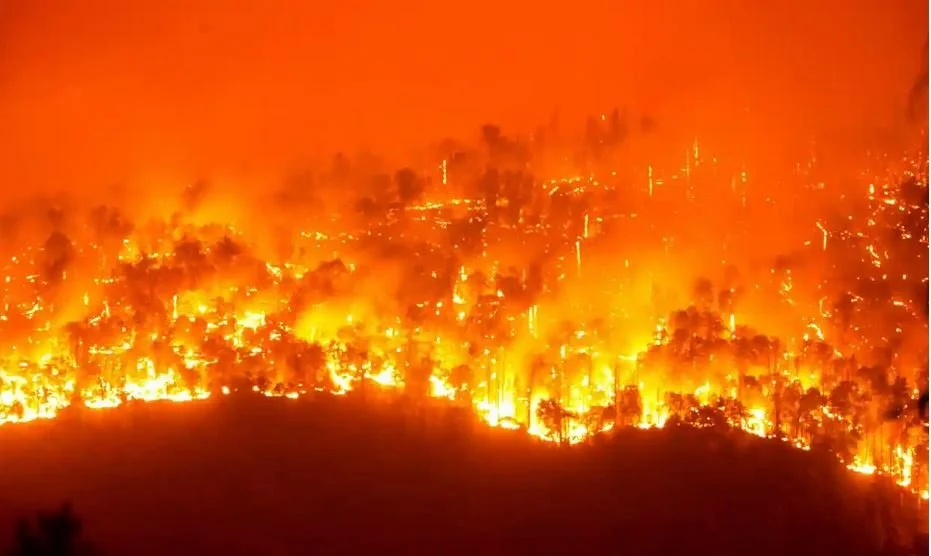Wildfire threat
The wildfires that have ravaged large parts of Canada and the US are on the radar of Hamilton planning staff who have added “wildland fire” rules to the new official plan now under public consultation. That’s in line with a United Nations warning this week that previously unaffected parts of the globe will see devastating blazes in the next three decades.
“Wildfires are made worse by climate change through increased drought, high air temperatures, low relative humidity, lightning, and strong winds resulting in hotter, drier, and longer fire seasons,” the UN Environment Program states. “At the same time, climate change is made worse by wildfires, mostly by ravaging sensitive and carbon-rich ecosystems like peatlands and rainforests. This turns landscapes into tinderboxes, making it harder to halt rising temperatures.”
Last year nearly one thousand wildfires in Ontario burned more land than any previous year forcing evacuations from at least eight First Nations communities. The area consumed was larger than the GTA and more than 3000 people were displaced. Records were set for both the largest and second largest wildfires in the province’s history.
The climate change section of Hamilton’s new urban official plan includes three new sections on wildfires, picking up on a manual published by the provincial government. The latter was published by the Wynne government in 2017 and requires the Ministry of Natural Resources and Forestry to map “hazardous forest types” susceptible to wildfires.
The city’s draft official plan requires screening of new development using the provincial “mapping of hazardous forest types” and states that “development shall generally be directed to areas outside of lands that are unsafe due to the presence of hazardous forest types for wildland fire.” A third clause, however, says such development may be allowed “where the risk is mitigated”.
The UN report predicts a 30 percent increase in wildfires by 2050. It argued that much more emphasis need to be directed to prevention.
“Current government responses to wildfires are often putting money in the wrong place. Those emergency service workers and firefighters on the frontlines who are risking their lives to fight forest wildfires need to be supported”, said Inger Andersen, UNEP Executive Director. “We have to minimize the risk of extreme wildfires by being better prepared: invest more in fire risk reduction, work with local communities, and strengthen global commitment to fight climate change”.



